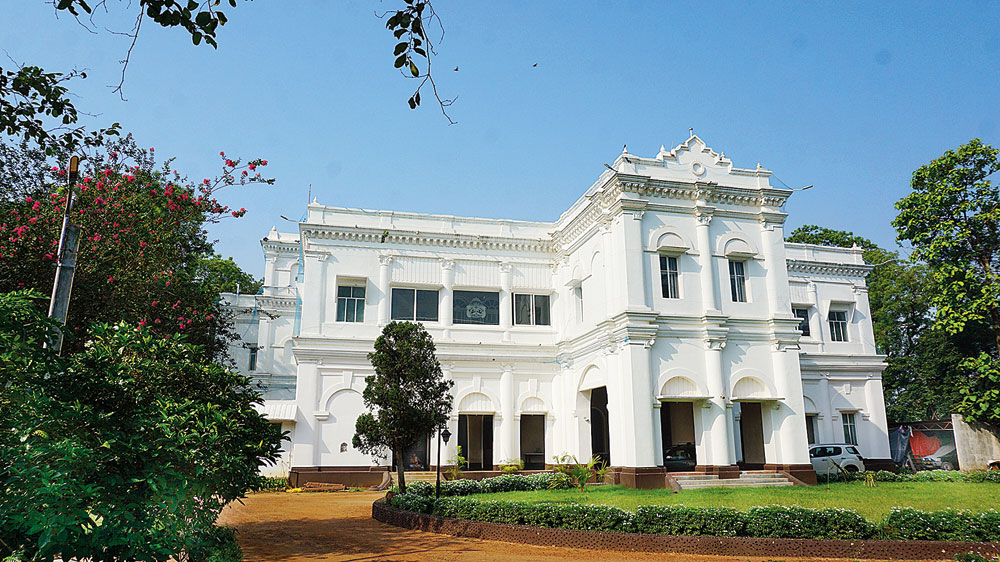The ninth edition of the Santhal Premiere League or SPL is on. There are four participating teams at play in central Calcutta’s Maidan area. They have names such as Doreya Dukes, Sengel Strokers, Hariyar Warmongers and Hansa Hulks. College student and SPL core committee member Suchandra Tudu explains, “We wanted to connect the SPL with what defines us and what we are defined by. In our community, we don’t do murti puja, we worship different elements of nature — doreya means waves, sengel means fire, hariyar means greenery, hansa means earth — hence the team names.”
In 2015, a group of Santhals living in Calcutta created a Facebook event with the intention of bringing together youngsters of the community. In a sense they were taking off from the Mak More, a Santhal festival that was originally held in villages as thanksgiving to god Moreko Turuko to ward off illnesses and epidemics. In the urban context, the Mak More had assumed a cultural form — it has been celebrated in south Calcutta’s Alipore area for the last 70 years.
Shyamaprasad Murmu, 27, holds forth on the genesis of the SPL. He says, “We thought of connecting beyond social media and then someone suggested, what better way than sports.” Sports is essential to Santhals. There is a sudden joyous screaming — one of the football matches just got over. The group of girls playing pitto are sweating and screaming. Says Manbir Murmu, “In our villages, local clubs have teams and tournaments. You should see the way Santhal girls play.”
It seems the popular sports are football and rugby. Manbir continues, “Cricket gear is expensive, but everyone can contribute and buy footballs. A lot of boys of our community play the game for local clubs here.” In the first few editions of the SPL, however, cricket was the lone focus. But this season there was football, and indigenous sports such as hit-the-wicket and pitto.
Whatever the pull, love of sports or community bonding, in the last four years the event seems to have garnered a dedicated following. This year, there were 100 participants against the 32 in its inception year.
Biswajit Mandi, a 29-year-old banker, took the morning train from Malda to participate in the SPL. It is his third season and he says he feels “connected”. It is postgraduate student Mrinal Saren’s first time. Avinash Murmu, 19, has come from Bankura.
Nine seasons later, what has the SPL achieved? Someone says it is about community bonding, someone seems to suggest it is a way of nurturing one’s Santhalness in the midst of “mainstream” life. There is a lot of pride in the event in the form in which it exists. Says Manbir, “Jharkhand has the most number of Santhal cultural events but nothing in the name of social bonding.”
Somewhere along the way, the young bunch came up with the idea of serving their community in rural areas. Says Manbir, “We see our community people in villages, they do not even have the basic things such as water, medicines, education. Through the SPL we could interact with so many people.
We decided to ask participants for contributions. Whatever they could afford, from Rs 10 to Rs 2,000.” And thus was born the committee, Development of Indigenous Socio Activities (DISA). “We conducted free health camps in Garpahar village of Bankura district with the help of Santhal doctors of the West Bengal Adibasi Doctors’ Association; we organised book donation drives so students in the Santhal villages can at least pass school-leaving exams,” Suchandra lists some milestones.
As Chandrani tightens the bandana around her forehead and strides out to take her spot in a game of pitto, she says, “Maybe it is in the Santhal blood — the willingness to serve people and love your community. Fail bhi ho jaaye toh bhi theek hai, we know we tried.”












